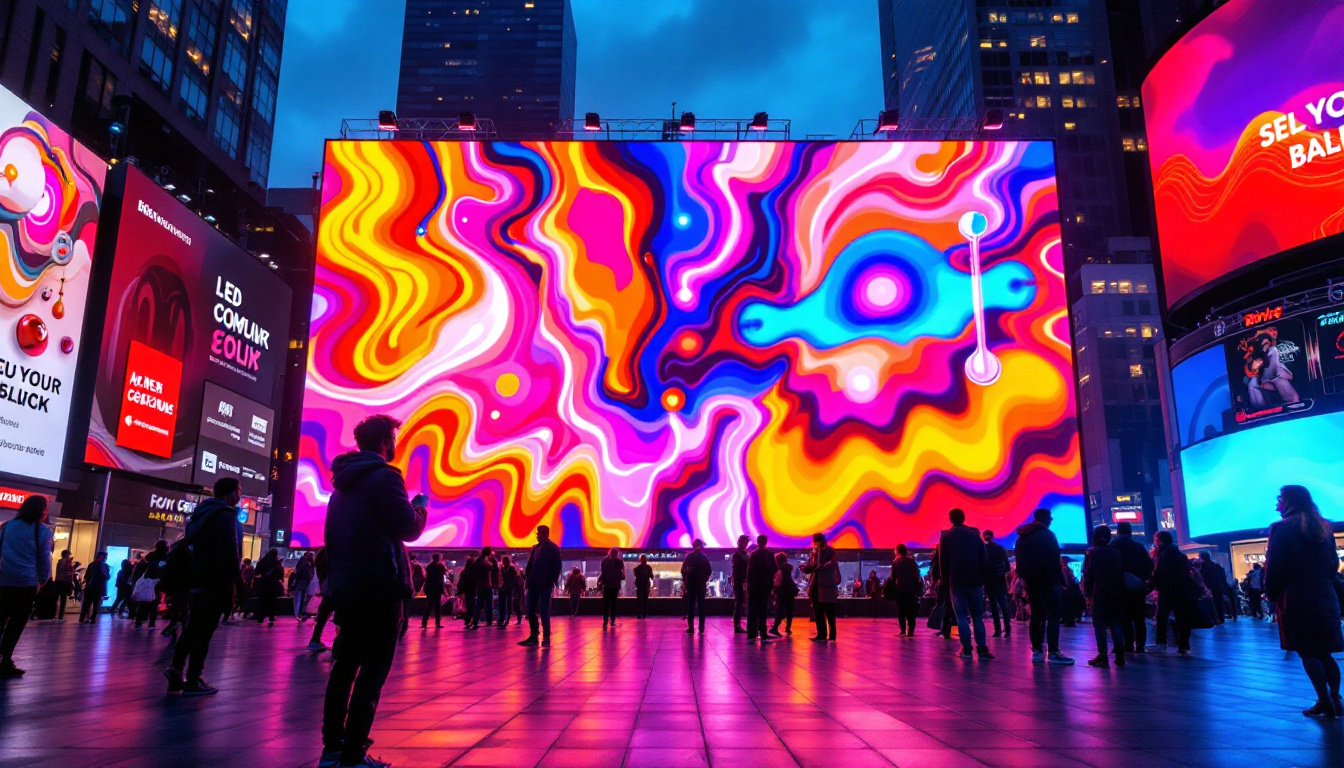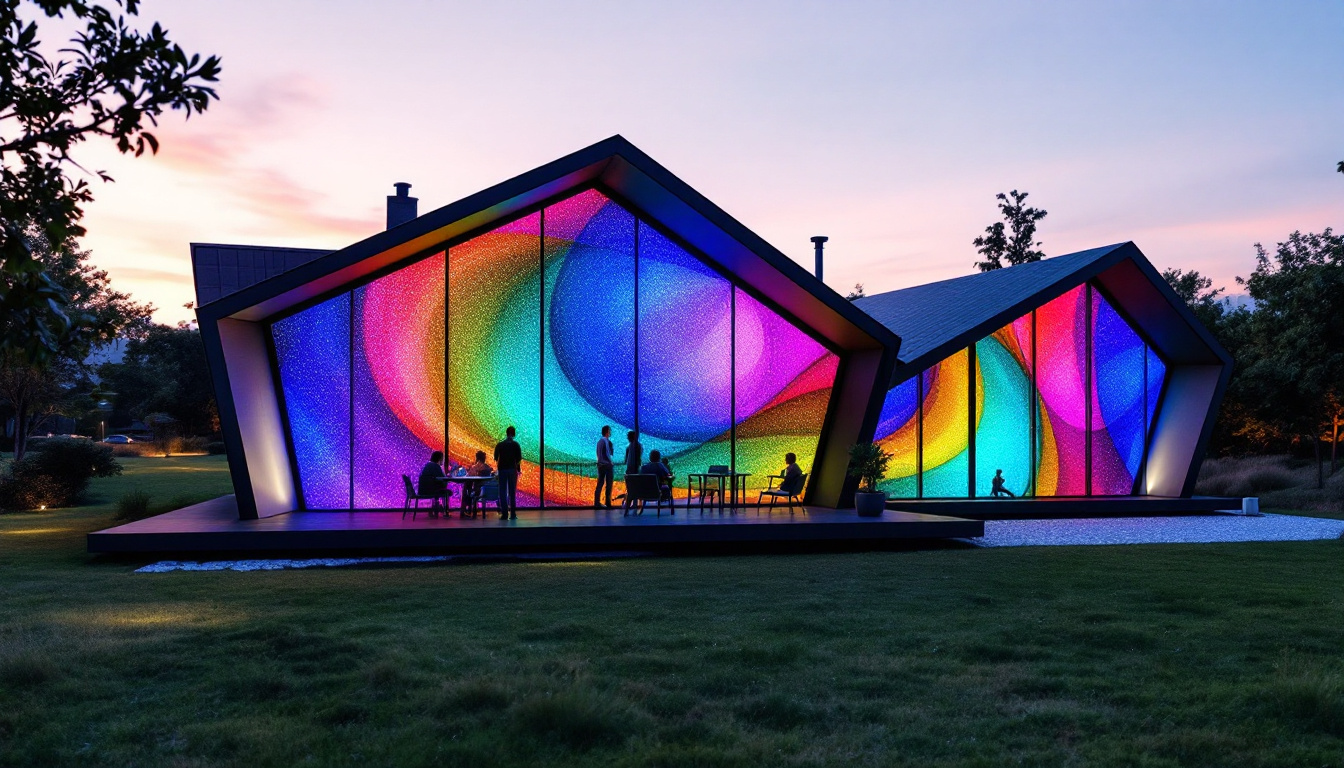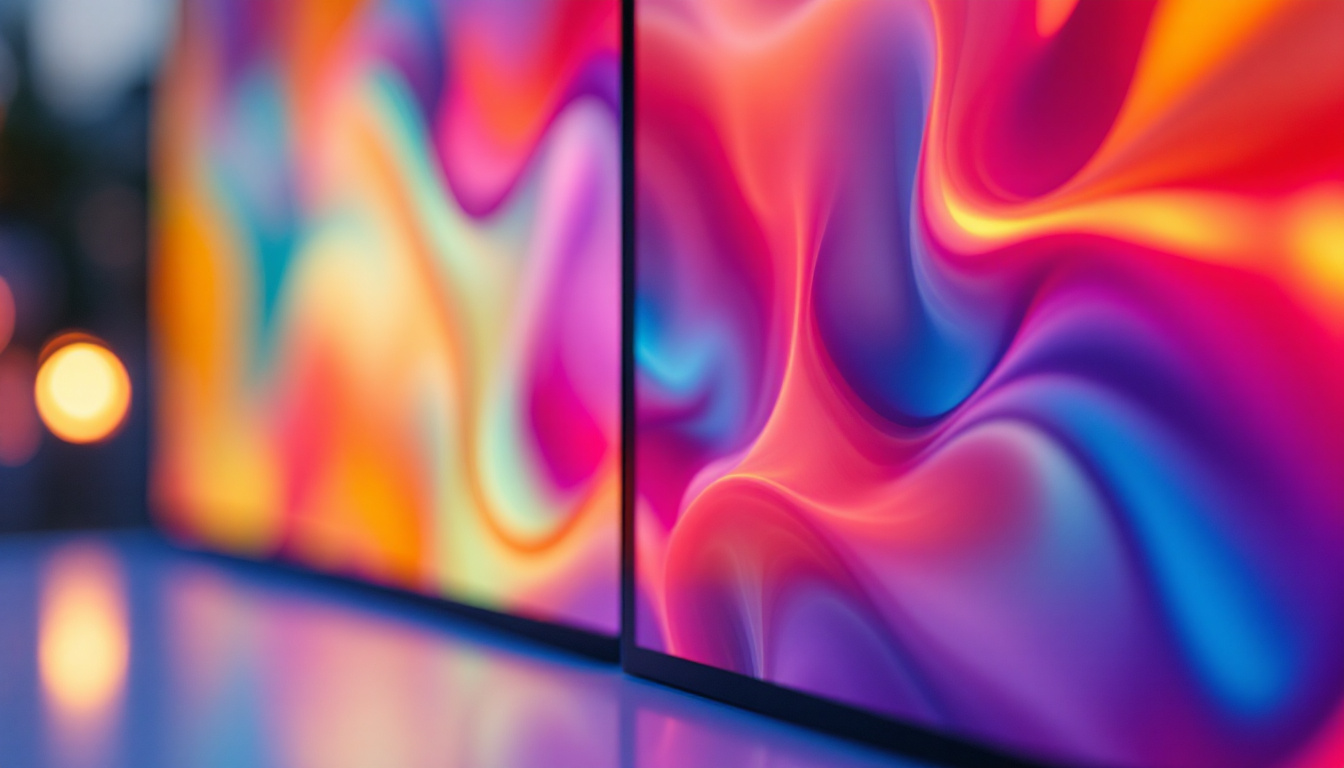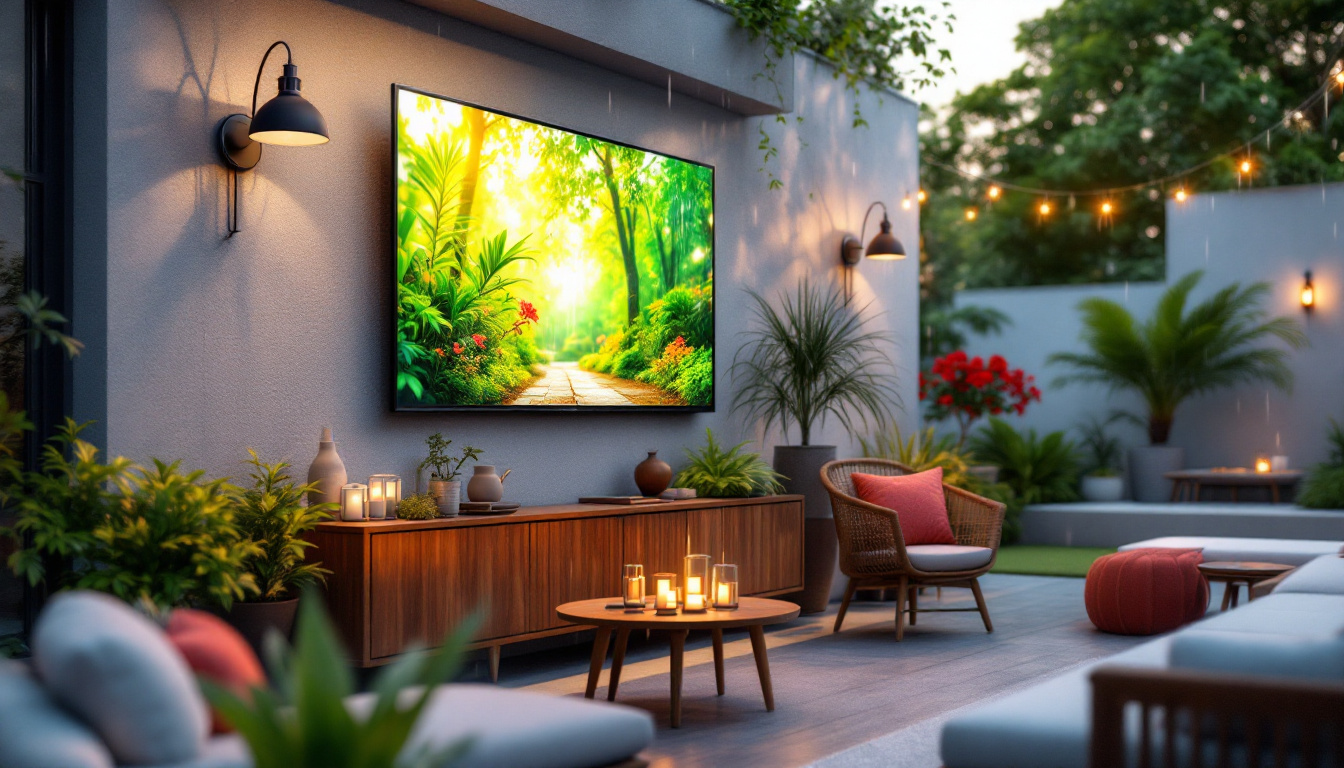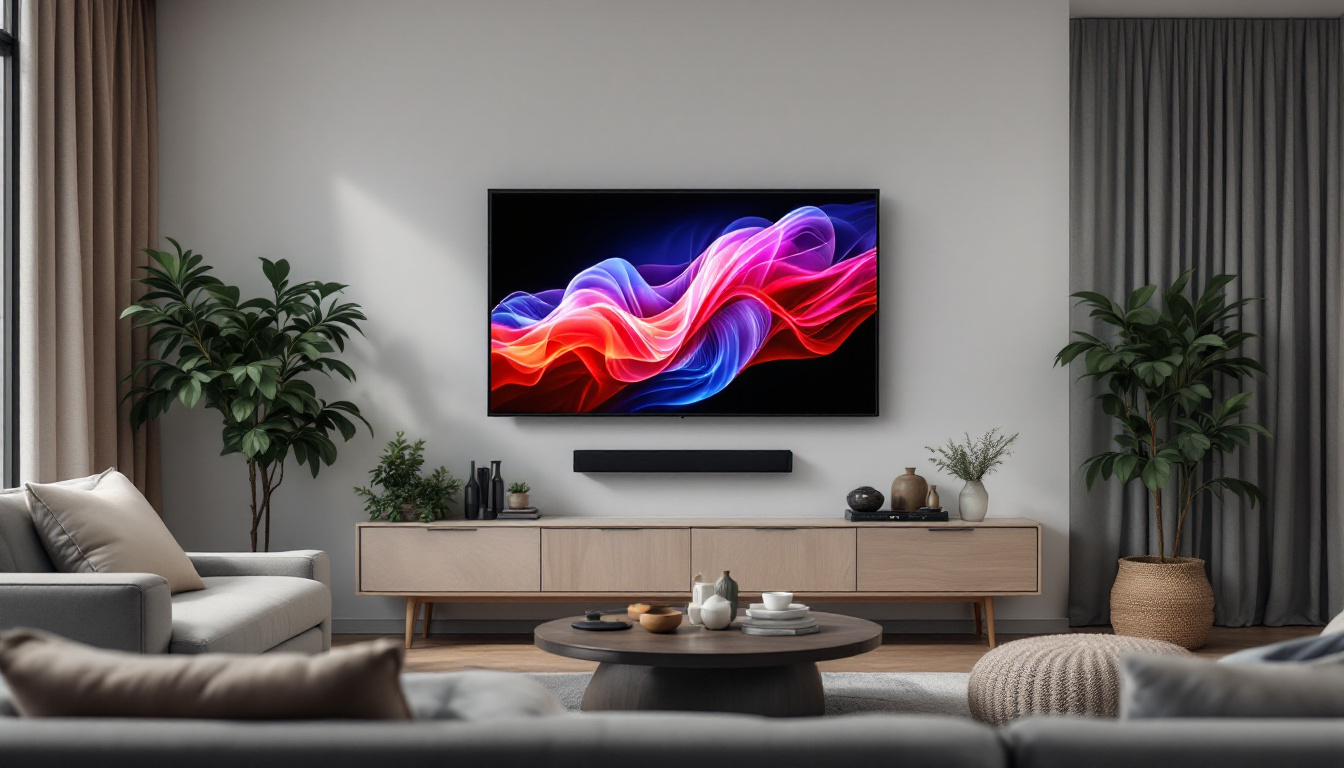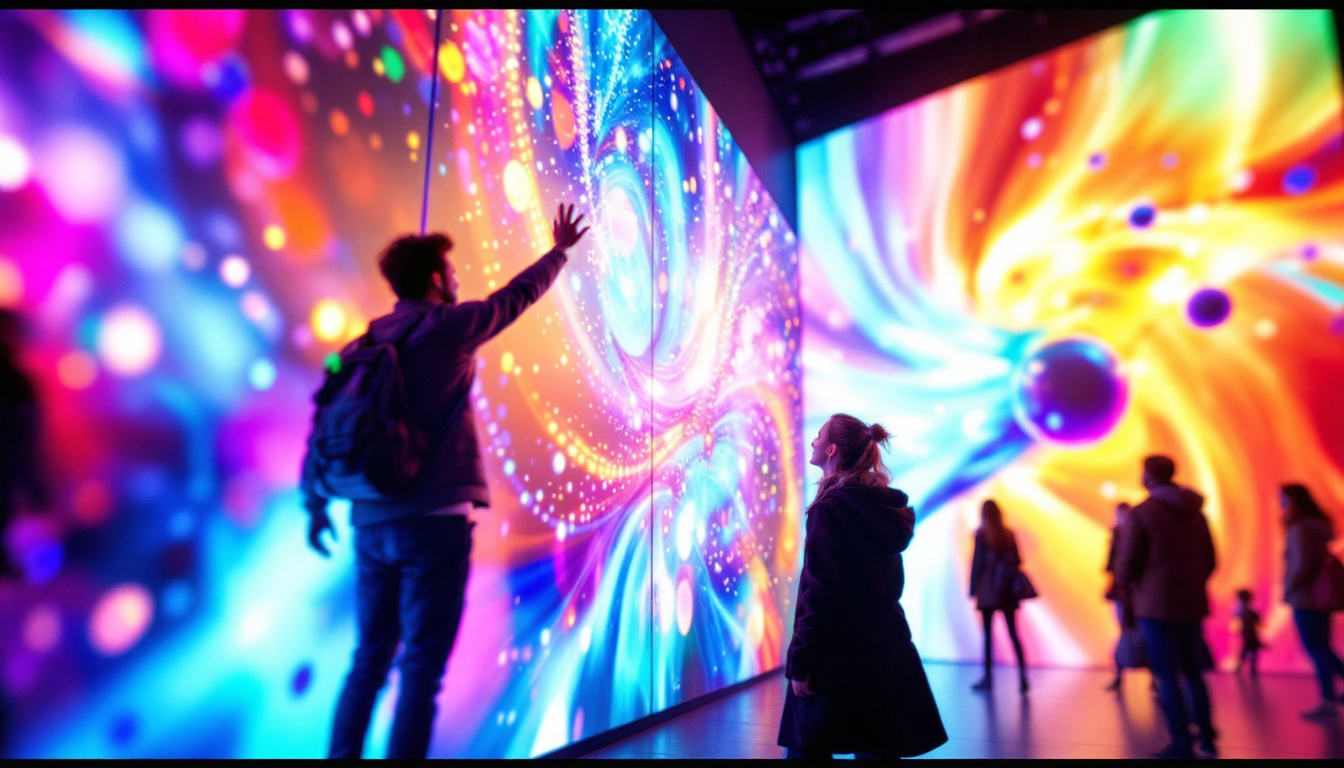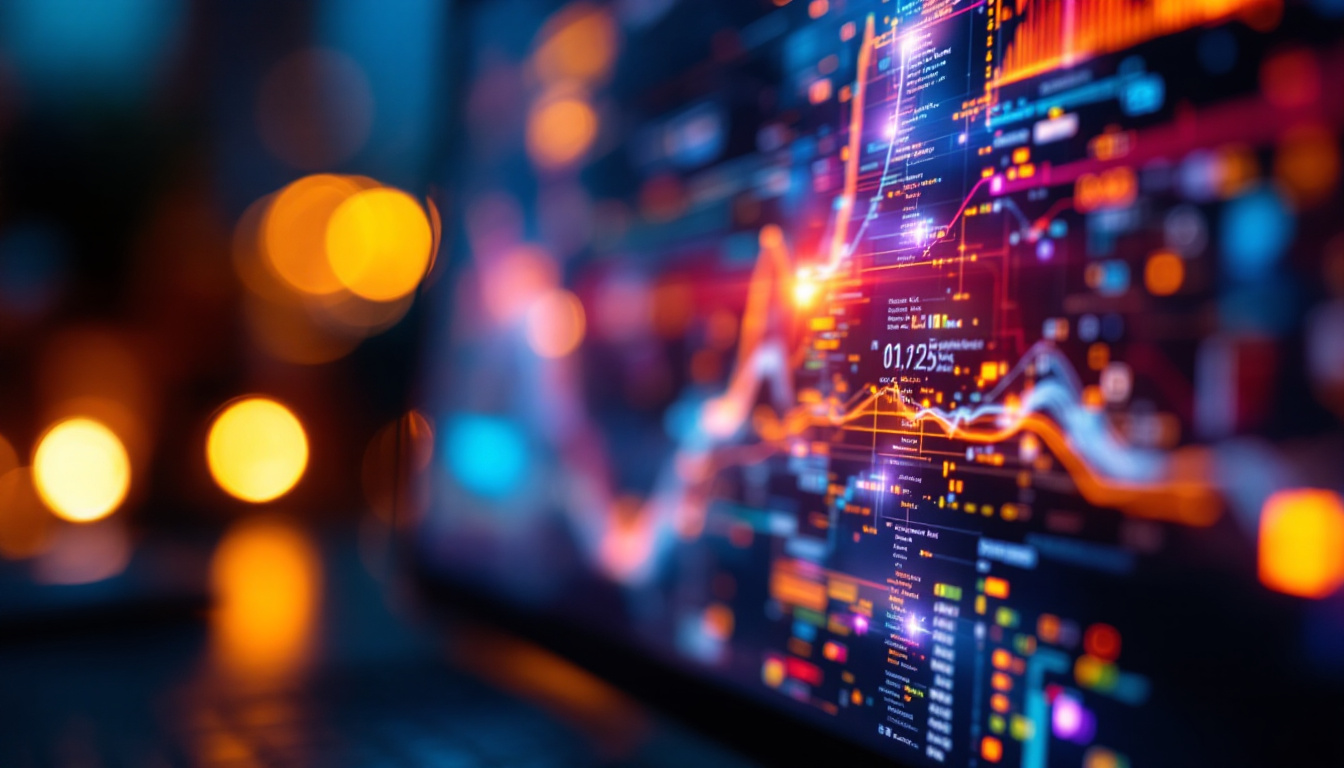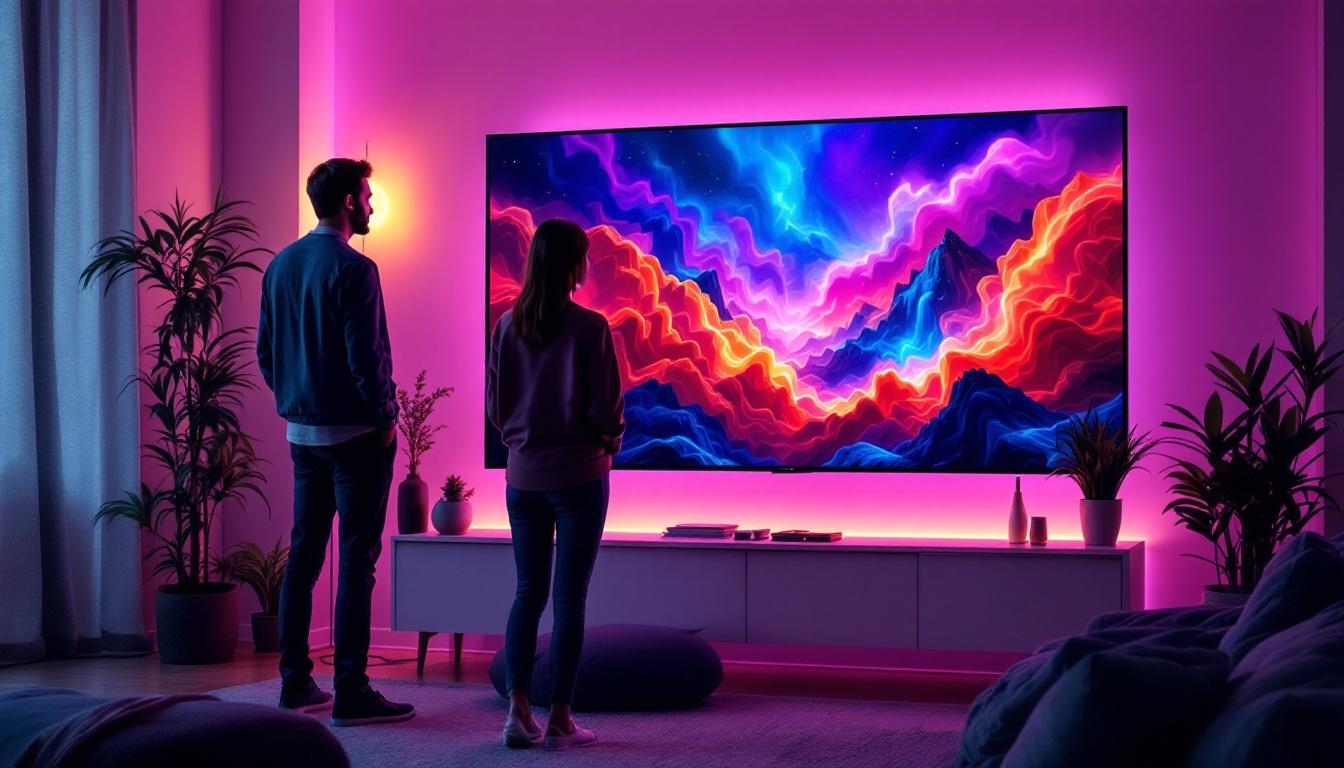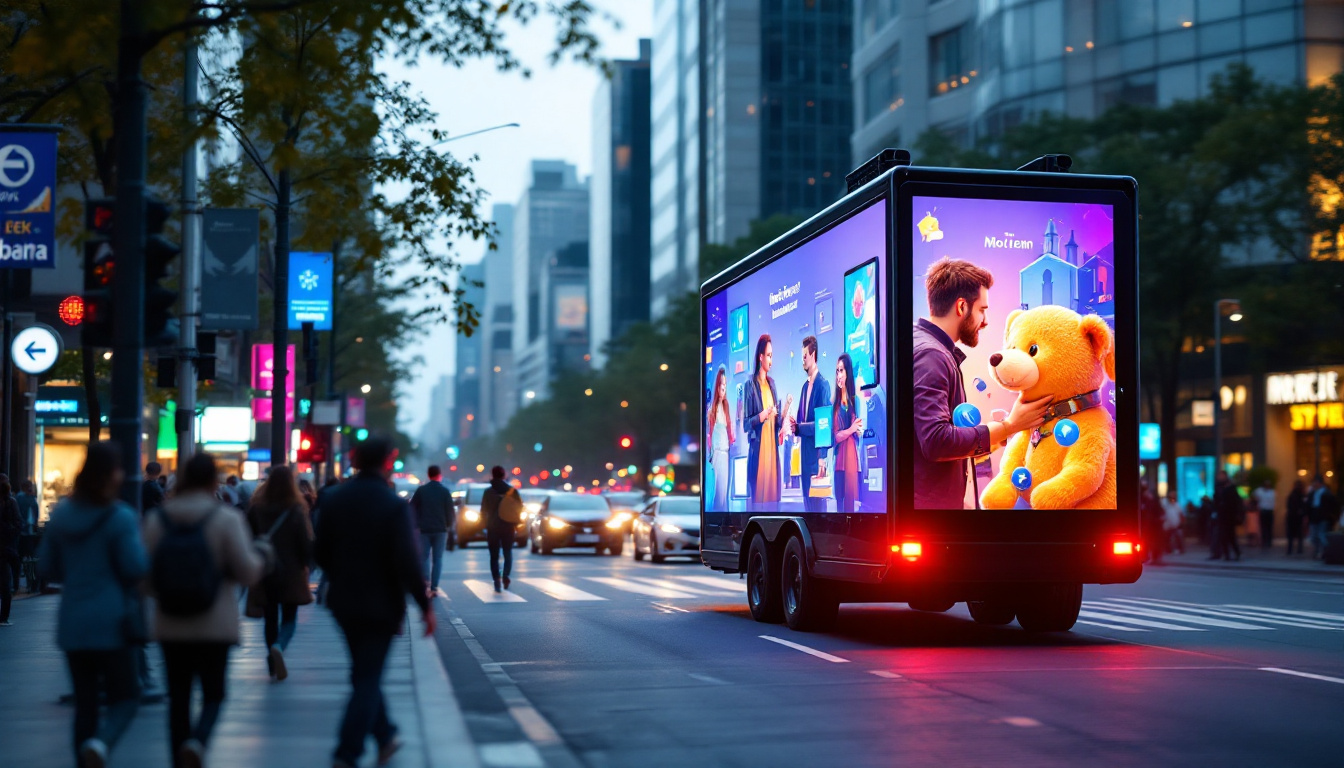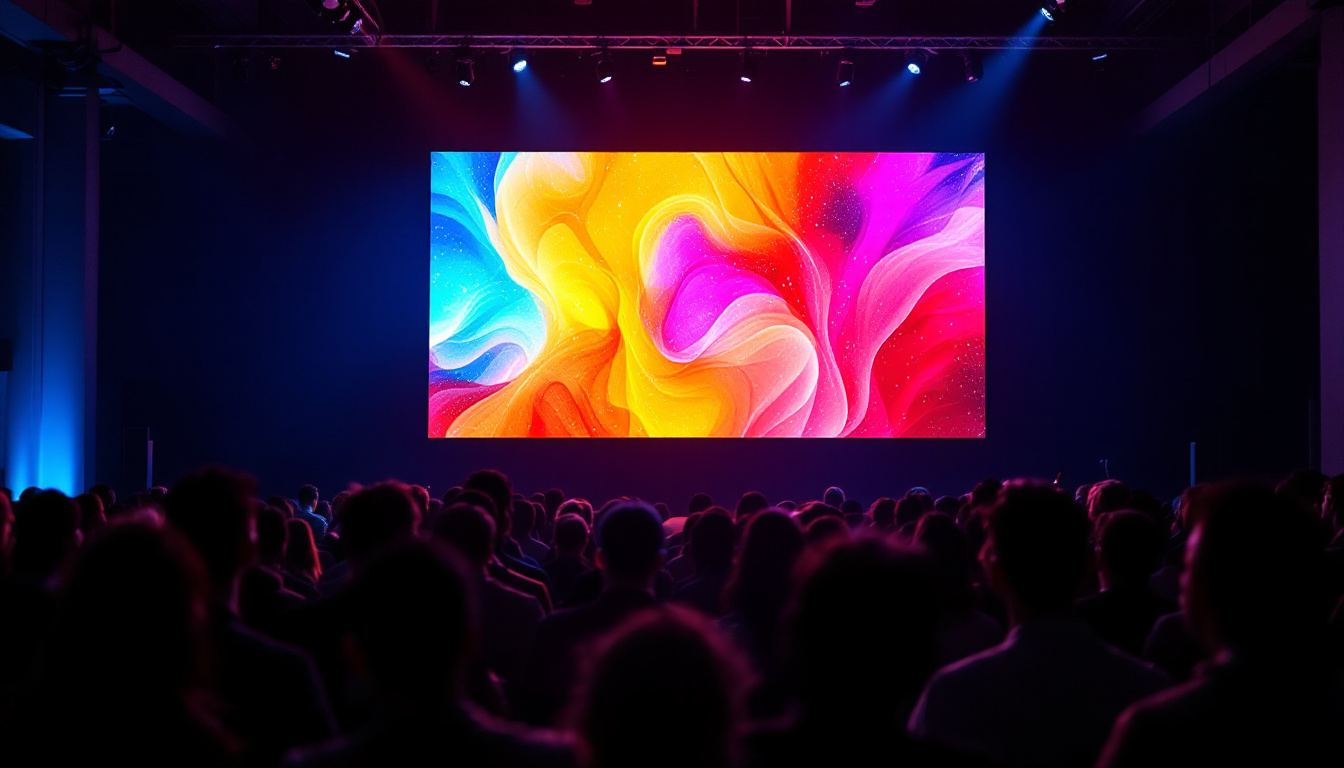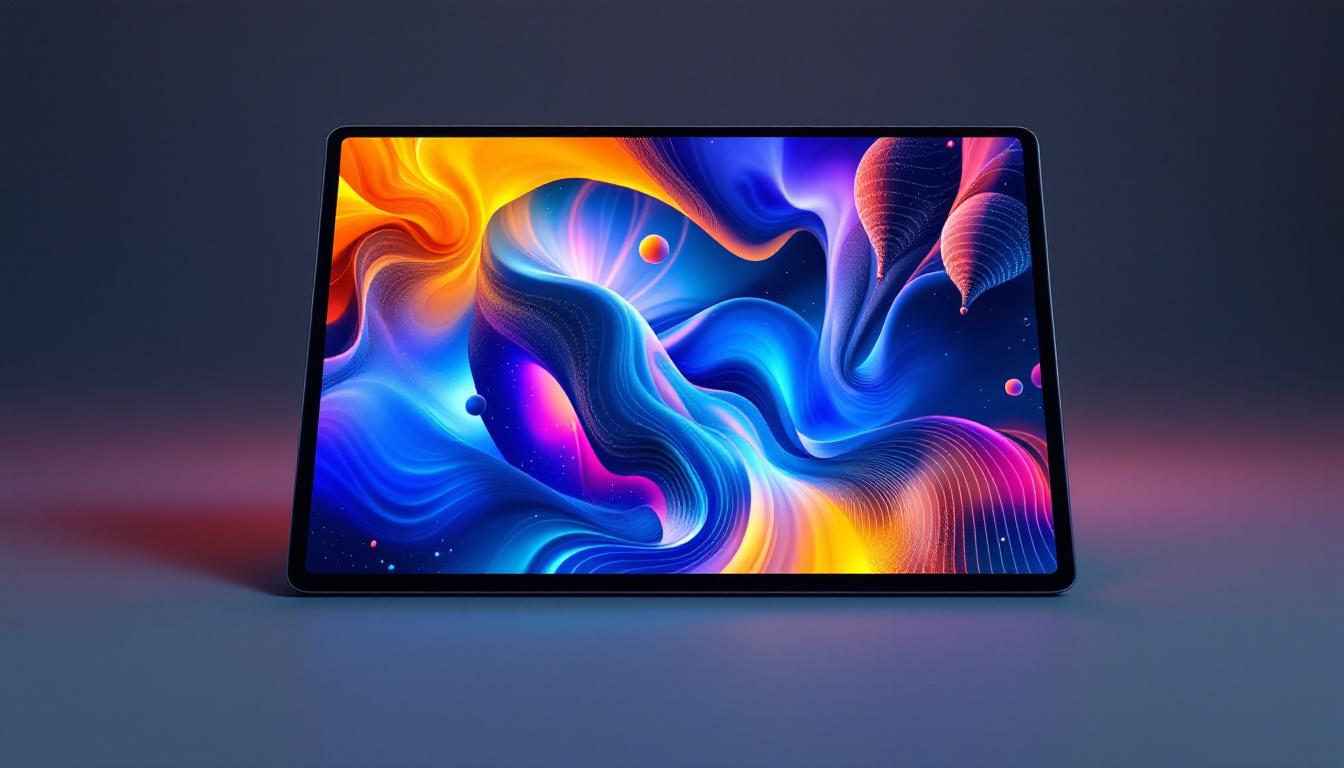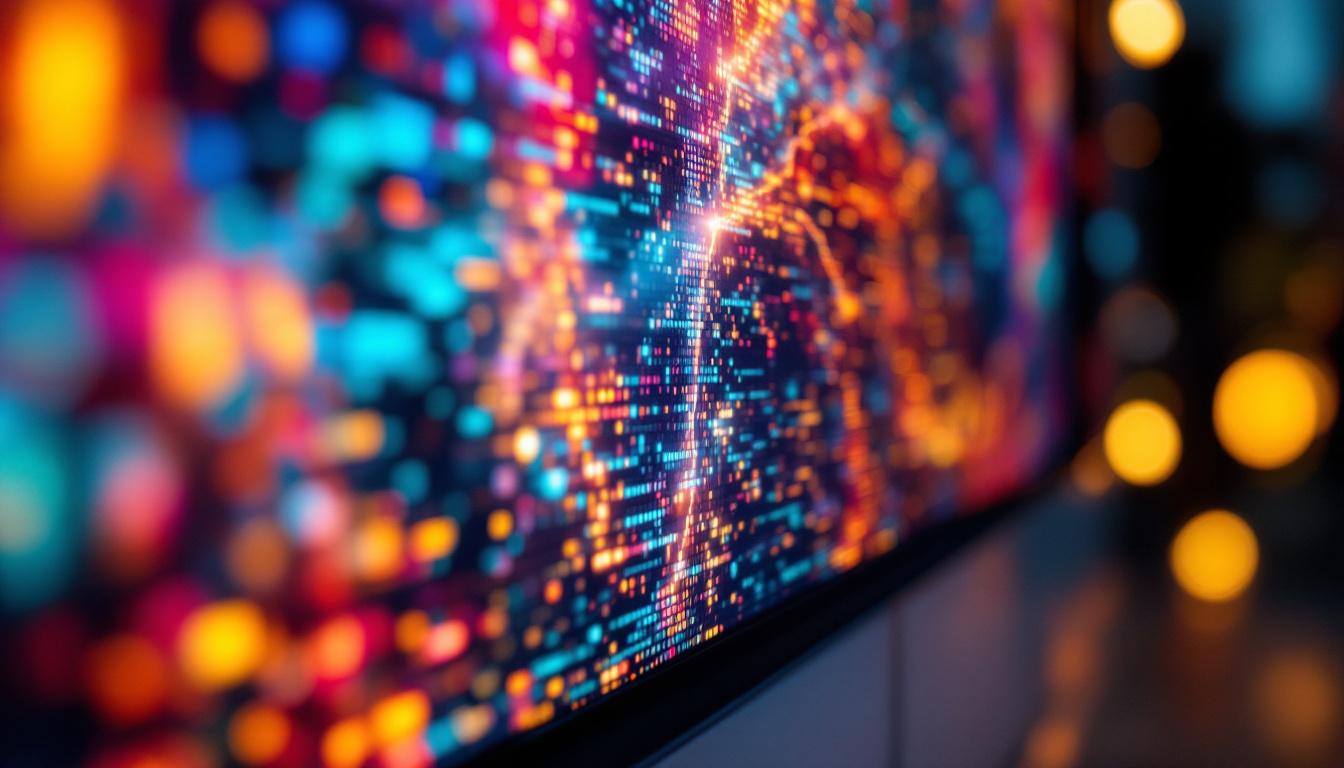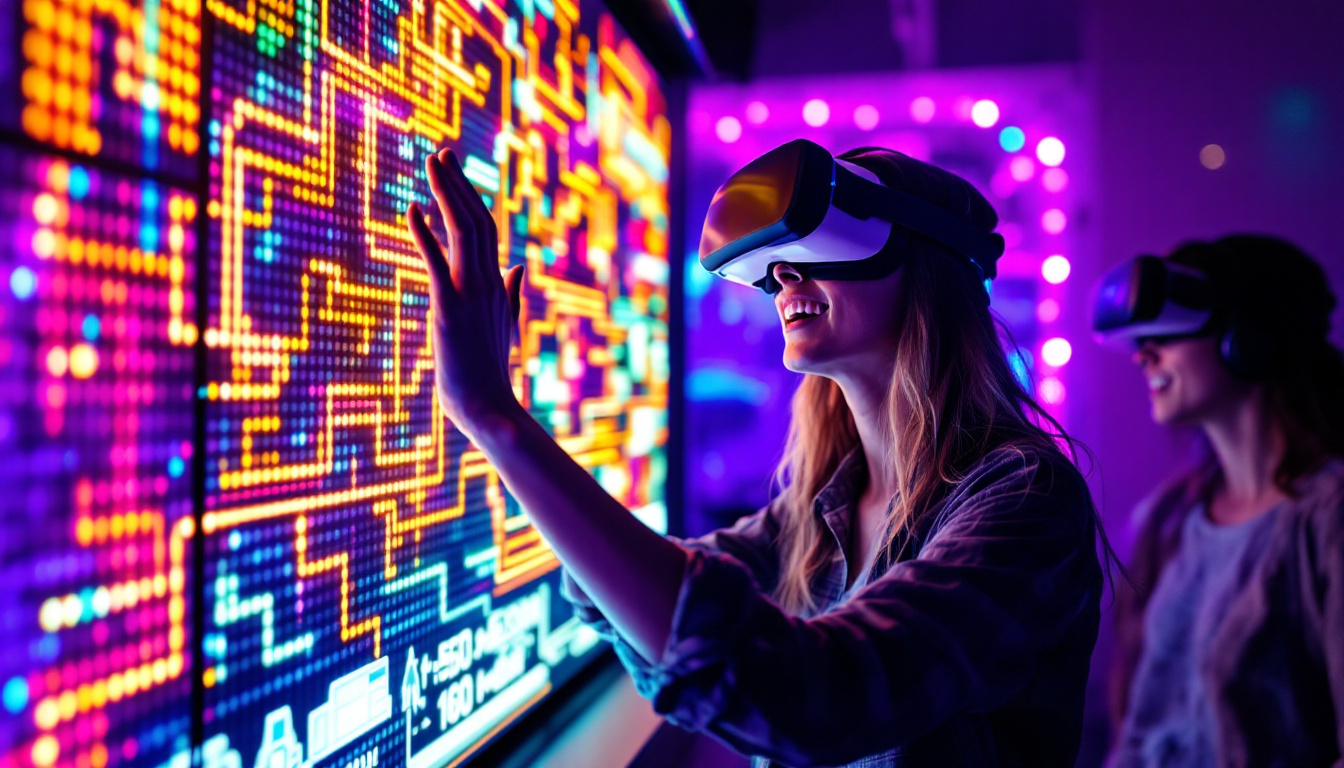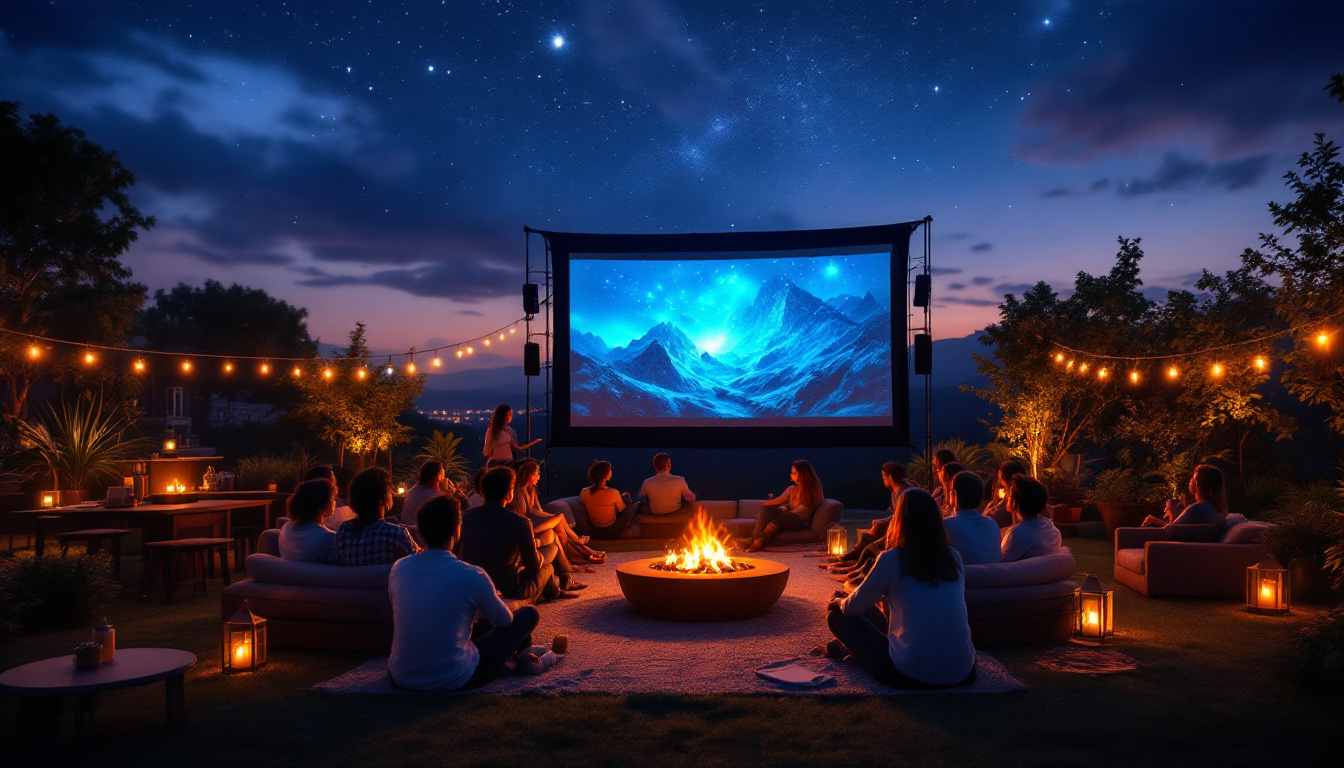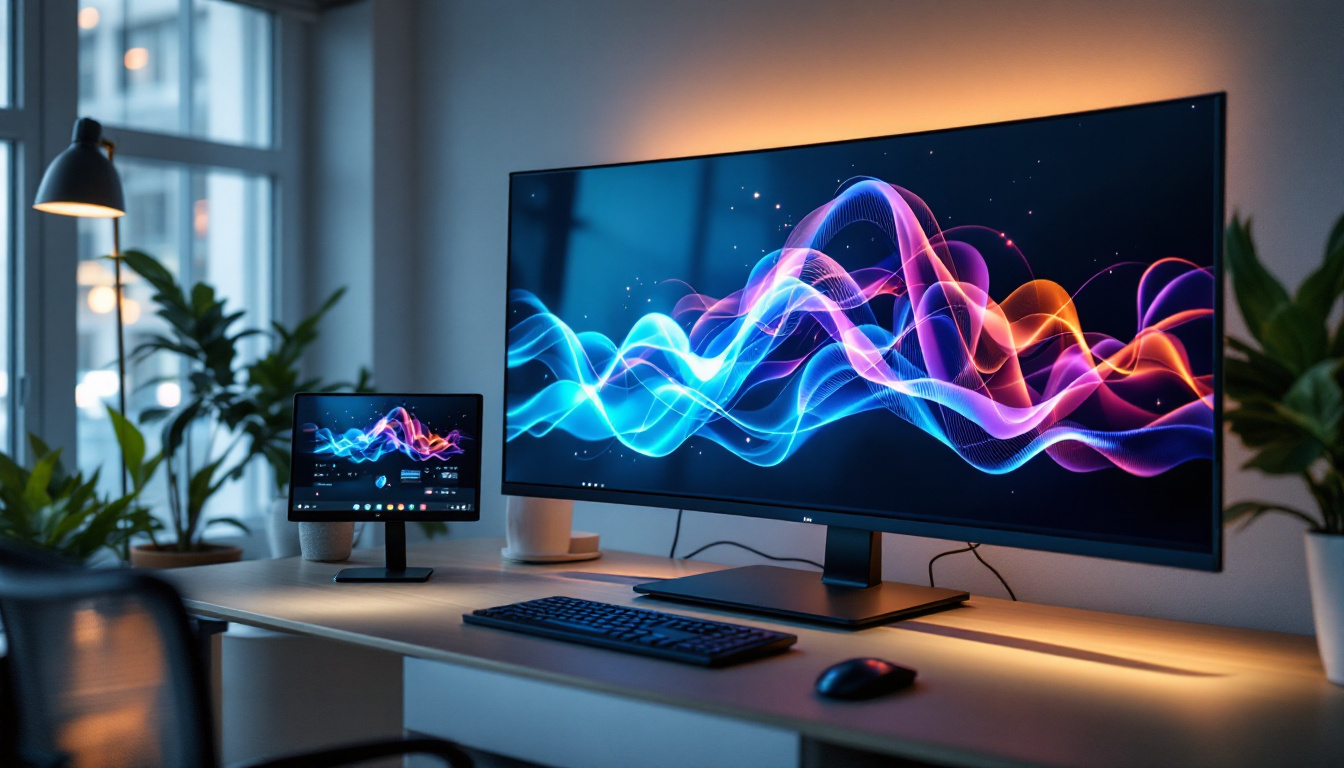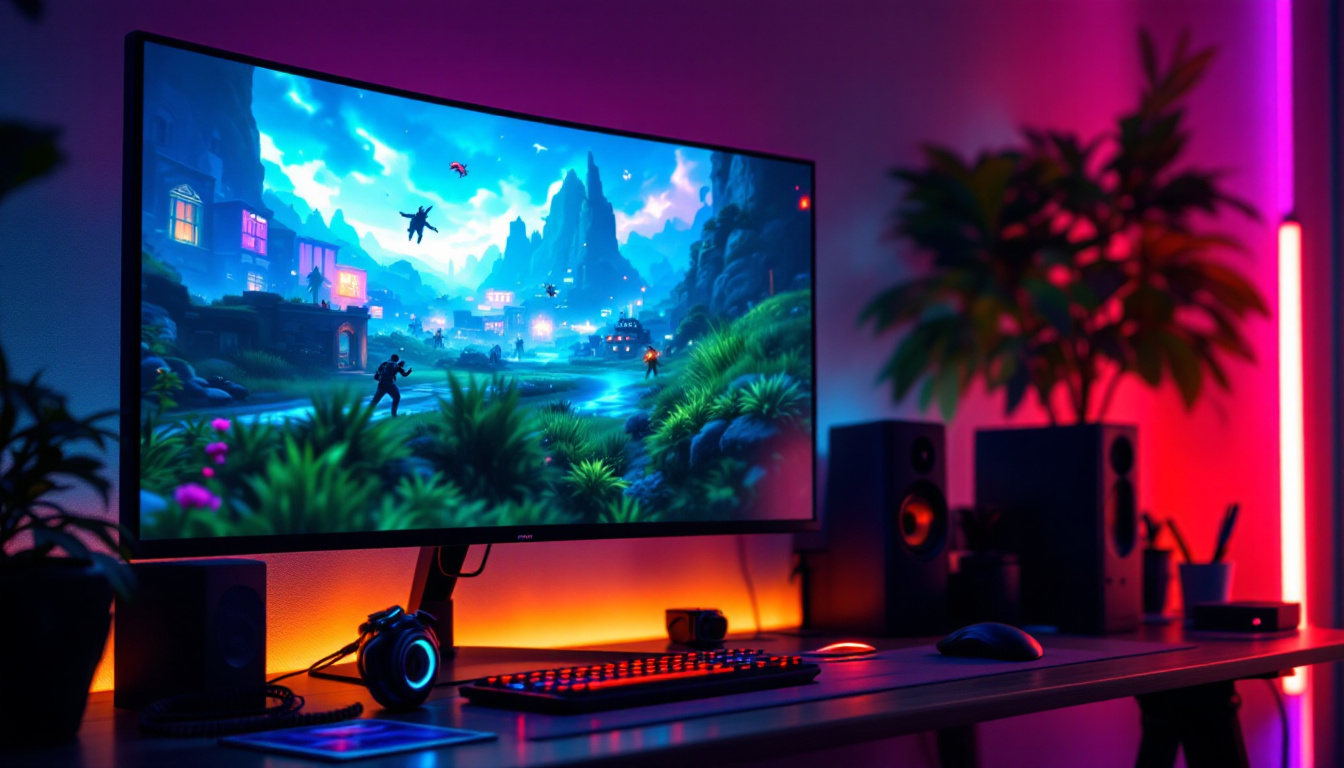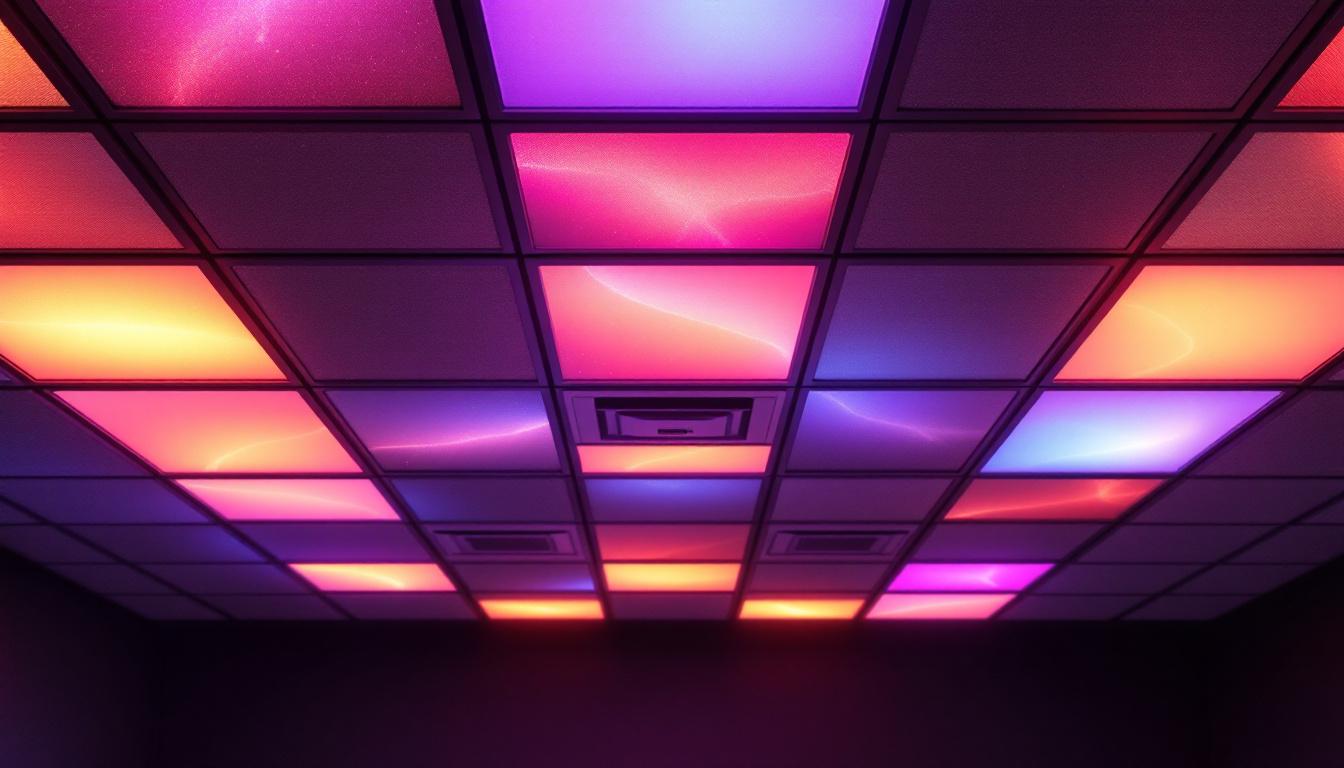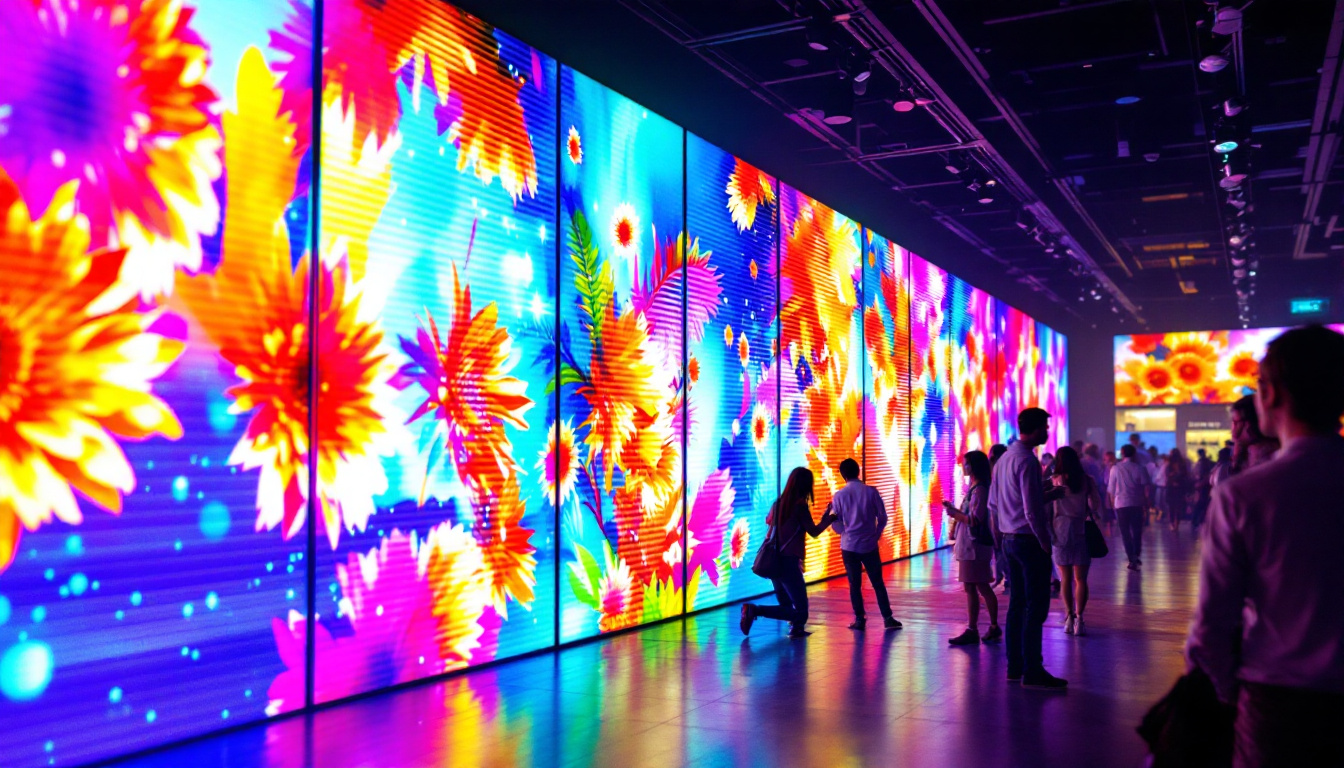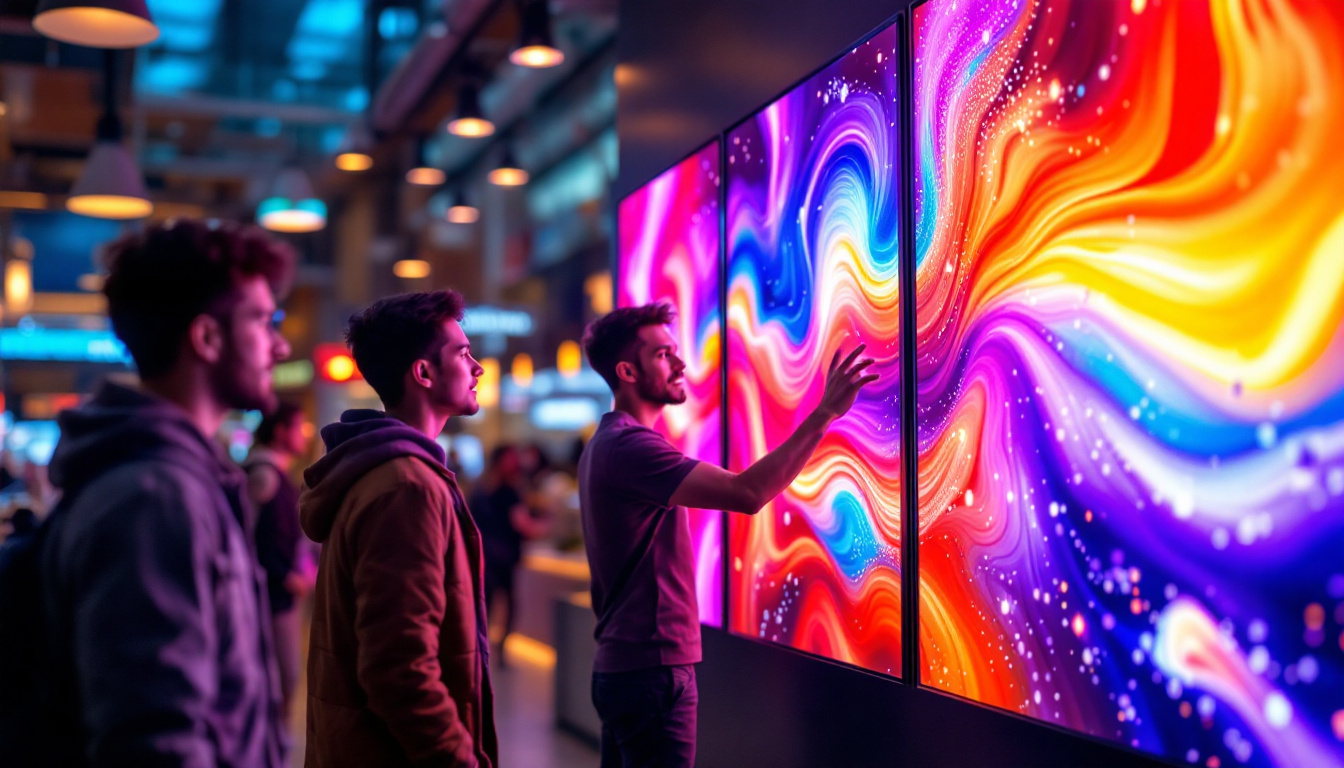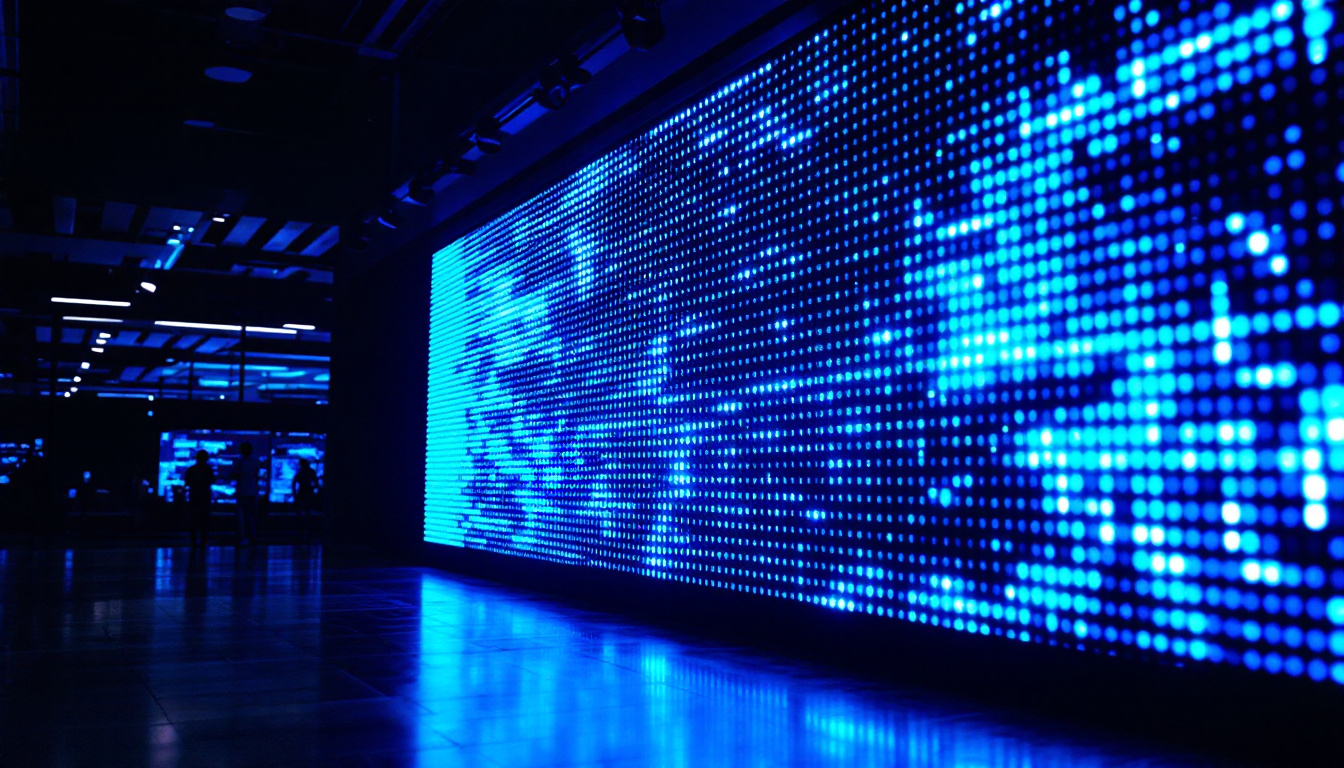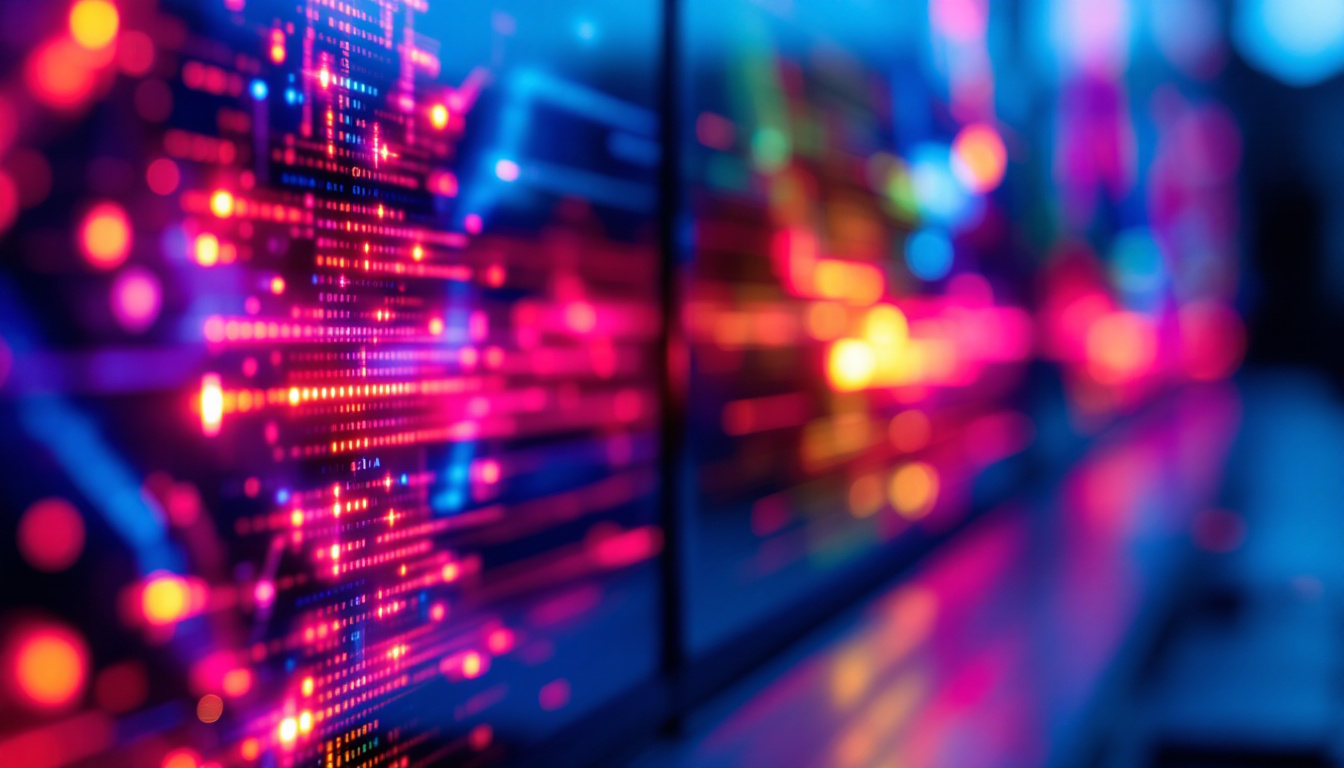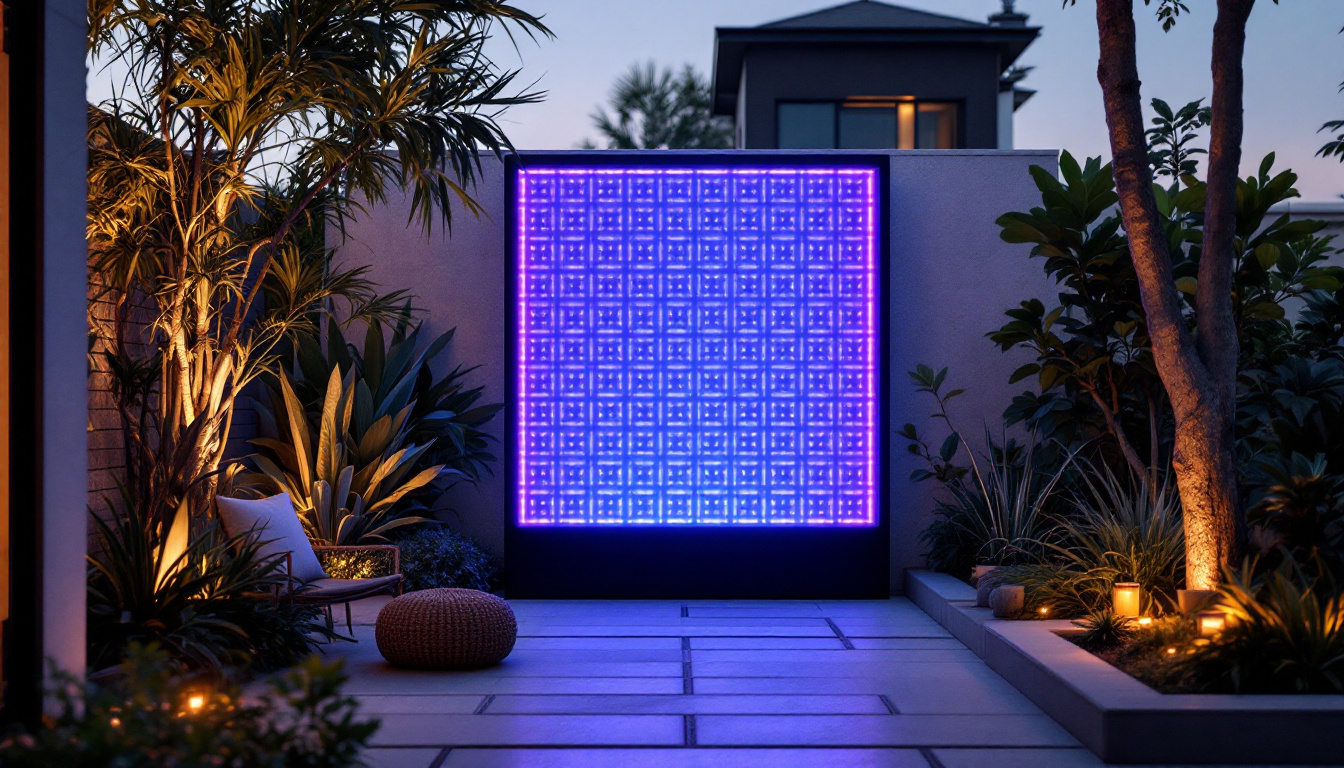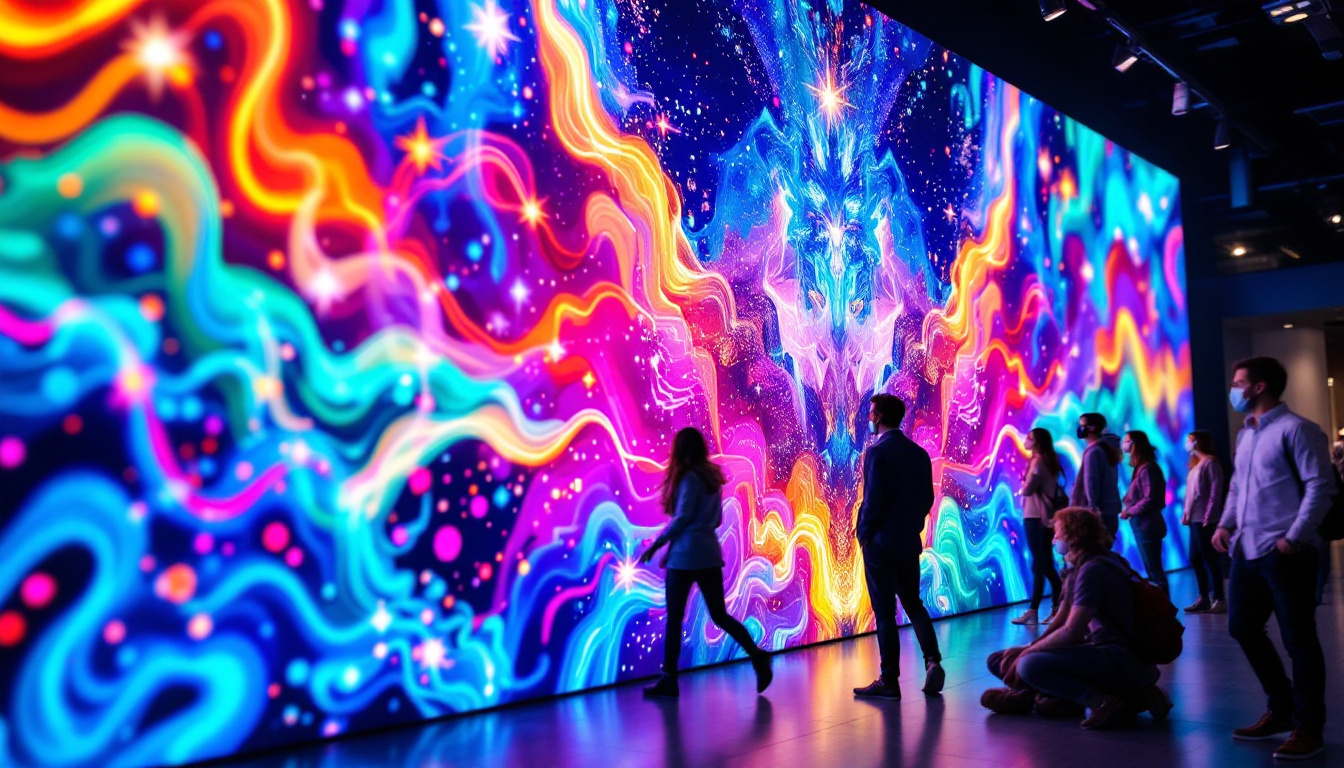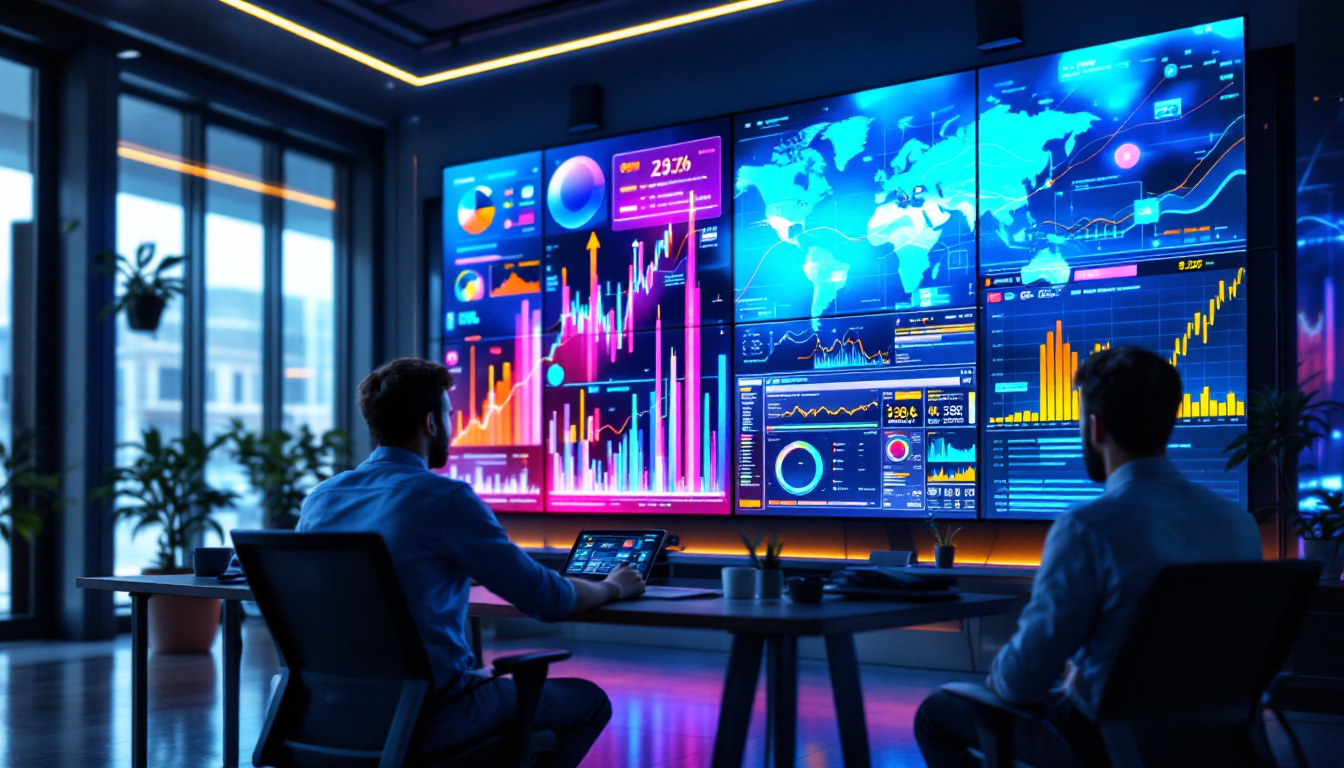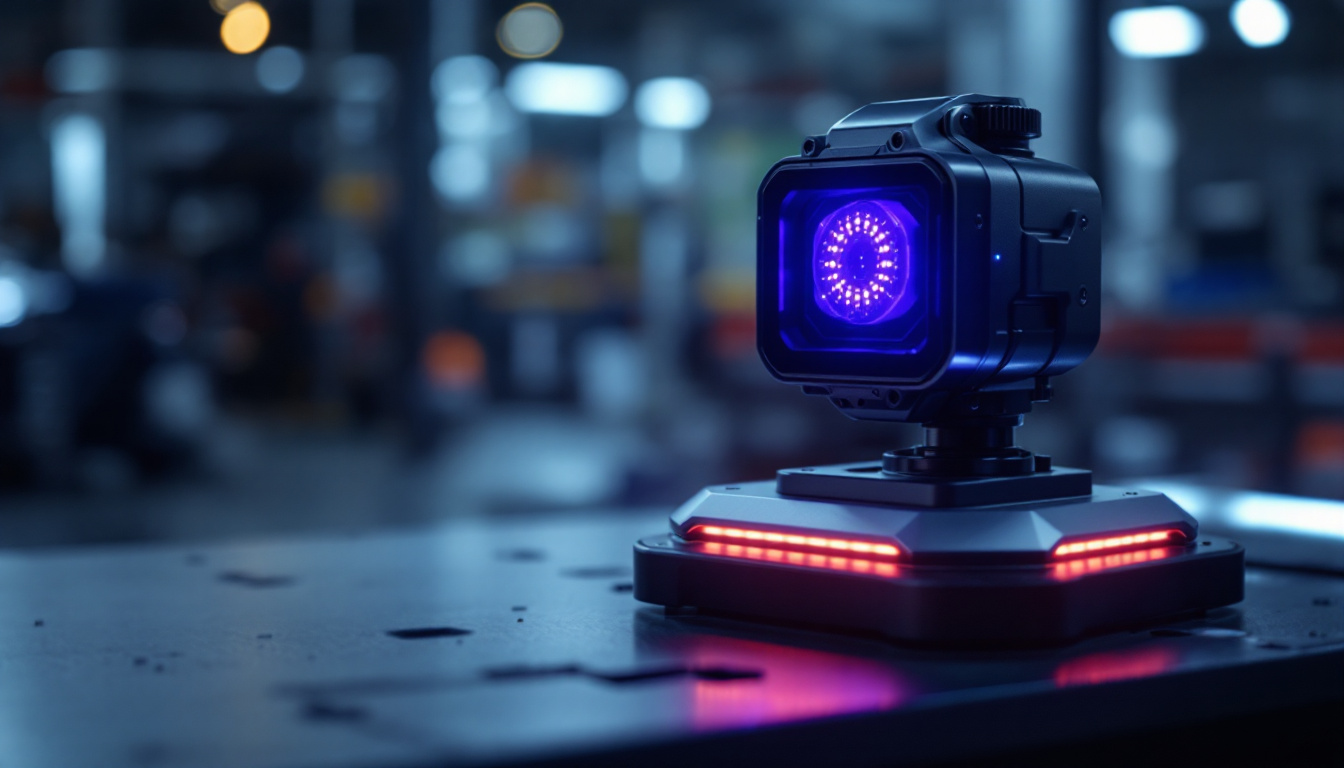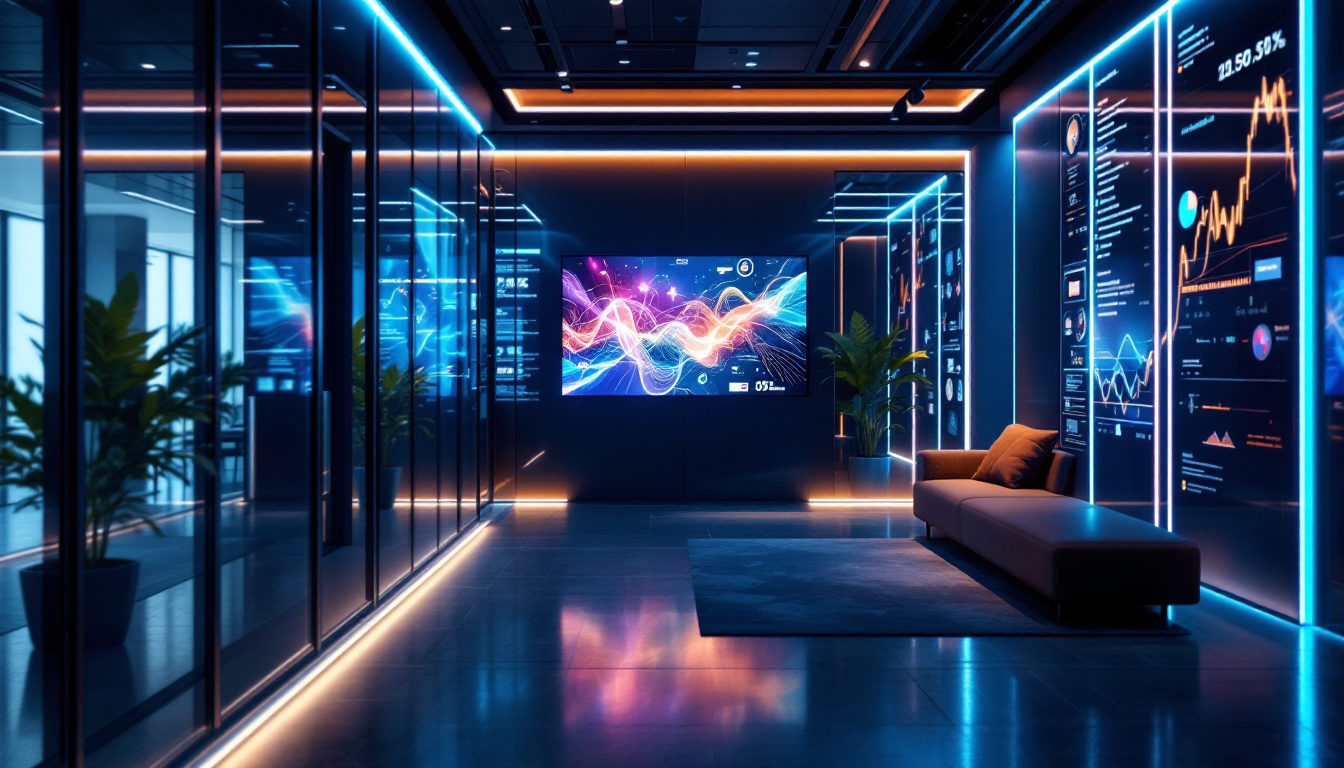In today’s digital age, LED displays have become ubiquitous, transforming the way we communicate and interact with information. From large outdoor billboards to indoor screens in shopping malls, LED technology offers vibrant colors, high brightness, and energy efficiency. This article delves into the intricacies of large LED displays, exploring their technology, applications, and advantages.
Understanding LED Technology
LED, or Light Emitting Diode, is a semiconductor device that emits light when an electric current passes through it. The technology has evolved significantly since its inception, leading to the development of large-scale displays that can be used in various environments. Originally, LEDs were limited to simple indicator lights, but advancements in materials and manufacturing processes have expanded their applications dramatically, making them a cornerstone of modern lighting and display technology.
The Basics of LED Displays
At its core, an LED display consists of numerous individual LEDs arranged in a grid. Each LED can emit different colors, allowing for the creation of full-color images and videos. The arrangement and density of these LEDs determine the display’s resolution and overall quality. As technology has progressed, the size of individual LEDs has decreased, enabling higher pixel densities and sharper images. This miniaturization has also led to the development of flexible LED displays, which can be bent and shaped to fit unconventional spaces, opening up new possibilities for creative installations.
Typically, LED displays are categorized into two types: direct view and backlit. Direct view displays use LEDs as the primary light source, while backlit displays utilize LEDs to illuminate an LCD panel. Direct view displays are more common in large formats, providing brighter and more vivid visuals. Moreover, advancements in energy efficiency have made these displays not only brighter but also more sustainable, consuming less power compared to traditional display technologies. This energy efficiency is particularly beneficial in large-scale applications where multiple displays are used simultaneously.
Types of LED Displays
LED displays can be classified into several types based on their application and installation environment. Common types include:
- Outdoor LED Displays: Designed to withstand harsh weather conditions, these displays are often used for advertising, sports events, and public announcements. They are built with protective casings to guard against rain, wind, and UV exposure, ensuring longevity and reliability in outdoor settings.
- Indoor LED Displays: Typically used in venues like shopping malls, airports, and conference centers, indoor displays have a higher pixel density for better image quality at closer viewing distances. These displays often feature advanced technologies, such as HDR (High Dynamic Range) and wide color gamut capabilities, enhancing the visual experience for audiences.
- Transparent LED Displays: These innovative displays allow light to pass through, making them ideal for retail environments where visibility is essential. By blending digital content with physical surroundings, transparent displays create a unique shopping experience, enabling brands to showcase products while maintaining an open and airy atmosphere.
In addition to these common types, there are also specialized LED displays designed for specific applications, such as stage backdrops in concerts and events, where dynamic visuals can enhance performances. Furthermore, advancements in control systems and software have made it easier to manage and synchronize multiple LED displays, allowing for stunning visual effects that can captivate audiences in ways previously unimaginable. As the technology continues to evolve, we can expect even more innovative applications that push the boundaries of what LED displays can achieve.
Applications of Large LED Displays
The versatility of large LED displays makes them suitable for a wide range of applications. Their ability to convey information quickly and attractively has led to their adoption in various sectors.
Advertising and Marketing
One of the most prominent uses of large LED displays is in advertising. Brands leverage these vibrant screens to capture attention and convey messages in high-traffic areas. The dynamic nature of LED displays allows for changing content, enabling advertisers to showcase multiple products or promotions throughout the day.
Moreover, the high brightness and contrast of LED displays ensure that advertisements remain visible even in direct sunlight, making them an effective tool for outdoor marketing campaigns. This adaptability not only enhances visibility but also allows for creative content strategies that can be tailored to different times of the day or specific events, maximizing audience engagement. For instance, a retail store might display a morning coffee promotion that transitions to an evening happy hour advertisement, effectively reaching different customer demographics at various times.
Entertainment and Events
In the entertainment industry, large LED displays play a crucial role in enhancing the audience experience. Concerts, sports events, and festivals utilize these displays to show live footage, graphics, and animations, creating an immersive atmosphere.
Additionally, LED screens are often used in stage productions and theaters, allowing for dynamic backdrops and scene changes that enhance storytelling. The ability to project high-resolution images and videos means that directors can create visually stunning performances that captivate audiences. Furthermore, during major events like the Super Bowl or music festivals, these displays can also serve as platforms for social media integration, displaying live tweets or fan reactions, which fosters a sense of community among attendees.
Information and Wayfinding
Large LED displays are invaluable in public spaces for information dissemination. Airports, train stations, and shopping centers use these screens to provide real-time updates on schedules, directions, and important announcements. Their ability to display clear, legible text and graphics ensures that information is easily accessible to the public.
Furthermore, interactive LED displays can guide visitors through complex environments, improving the overall user experience. For instance, in large shopping malls, these interactive kiosks can offer personalized shopping recommendations based on user preferences or even provide augmented reality experiences that enhance navigation. This not only streamlines the flow of foot traffic but also encourages exploration and engagement with the environment, ultimately leading to increased customer satisfaction and retention.
Advantages of Large LED Displays
The popularity of large LED displays can be attributed to several key advantages that set them apart from traditional display technologies.
High Brightness and Visibility
One of the standout features of LED displays is their exceptional brightness. This makes them suitable for both indoor and outdoor environments, where visibility can be a challenge. The ability to produce vivid colors and high contrast ensures that content remains clear and engaging, regardless of lighting conditions.
Energy Efficiency
LED technology is known for its energy efficiency compared to other display technologies. Large LED displays consume less power while delivering superior performance, resulting in lower operating costs. This efficiency is particularly beneficial for businesses that rely on continuous operation, such as advertising displays.
Longevity and Durability
LED displays are designed to last, with lifespans often exceeding 100,000 hours. This durability makes them an excellent investment for businesses and organizations. Additionally, their robust construction allows them to withstand harsh environmental conditions, reducing the need for frequent maintenance or replacements.
Challenges and Considerations
While large LED displays offer numerous benefits, there are also challenges and considerations to keep in mind when selecting and installing these systems.
Initial Investment Costs
The upfront costs of purchasing and installing large LED displays can be significant. Businesses must weigh the initial investment against the potential long-term savings and benefits. However, as technology advances and production processes improve, prices are gradually becoming more accessible.
Installation and Maintenance
Proper installation is crucial for maximizing the performance of LED displays. This often requires professional expertise to ensure that the display is set up correctly and safely. Additionally, regular maintenance is essential to keep the display functioning optimally, which may involve cleaning, software updates, and component replacements.
Content Management
Creating and managing content for LED displays can be complex. Businesses need to invest in content management systems that allow for easy updates and scheduling of advertisements or information. This requires a strategic approach to ensure that content remains relevant and engaging to the target audience.
Future Trends in LED Display Technology
The LED display industry is constantly evolving, with new technologies and trends emerging that promise to enhance performance and expand applications.
Advancements in Resolution and Pixel Density
As demand for higher resolution displays increases, manufacturers are focusing on improving pixel density. This trend is particularly important for indoor displays, where viewers are often positioned closer to the screen. Higher resolutions enable clearer images and more detailed graphics, enhancing the overall viewing experience.
Integration with Smart Technology
The integration of LED displays with smart technology is another trend gaining traction. Smart displays can connect to the internet, allowing for real-time data updates and interactive content. This capability opens up new possibilities for personalized advertising and user engagement.
Sustainability Initiatives
As environmental concerns continue to grow, the LED display industry is exploring sustainable practices. This includes using eco-friendly materials in manufacturing and implementing recycling programs for old displays. Companies are increasingly focusing on reducing their carbon footprint while maintaining high performance standards.
Conclusion
Large LED displays have revolutionized the way information is presented and consumed in various industries. Their vibrant visuals, energy efficiency, and durability make them an attractive option for businesses and organizations looking to enhance communication and engagement.
As technology continues to advance, the potential applications and benefits of LED displays will only expand. Understanding the intricacies of this technology is essential for making informed decisions about its use in advertising, entertainment, and information dissemination.
In a world where visual communication is paramount, large LED displays stand out as a powerful tool for capturing attention and conveying messages effectively.
Discover LumenMatrix LED Display Solutions
Ready to elevate your visual communication strategy with the latest in LED display technology? LumenMatrix is at the forefront of creating immersive and dynamic visual experiences. From Indoor and Outdoor LED Walls to specialized solutions like Vehicle Displays, LED Posters, and Transparent Displays, we have the innovative products to bring your brand to life. Embrace the future of digital signage with LumenMatrix and transform how you engage with your audience. Check out LumenMatrix LED Display Solutions today and make a lasting impression with every display.

